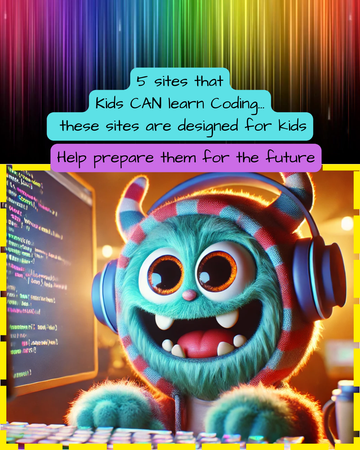Understanding Masking in Girls with Autism
Have you ever sat in a parent-teacher meeting and listened to a mom describe an image of a completely different child than you have in your classroom day after day... and wondered if she could be exaggerating? It turns out she may truly be dealing with a different child. Masking is a term often used to describe how individuals, particularly girls, and often girls with diagnosed or undiagnosed Autism, hide their struggles to blend in socially. While they may appear cheerful and compliant, masking comes at a significant emotional cost.
Imagine a young girl, Angel, who seems to excel at school—polite, hardworking, and well-liked by teachers. To outsiders, Angel is the perfect student. But as soon as she leaves the classroom, the mask slips. By the time she gets home, Angel collapses into tears, overwhelmed by the effort it takes to fit in.
Girls like Angel are often overlooked because they don’t exhibit disruptive behavior. Instead, they internalize their anxiety, trying to mimic the behavior of their peers to avoid standing out. This constant effort leaves them emotionally exhausted, leading to meltdowns or shutdowns at home.
Parents, like Angel’s, are frequently dismissed by teachers and professionals who see only the mask. "She’s fine at school," they say, unaware of the turmoil beneath. This can delay diagnosis and support, leaving families feeling helpless.
What’s needed is greater awareness of how autism presents in girls. Teachers and health professionals must look beyond the surface—at the fatigue, the strained smiles, and the quiet perfectionism. Diagnostic tools and professional observation is necessary, alongside broader evidence, including parent and teacher observations, to capture the full picture and determine the underlying cause for certain behaviors.
Breaking the cycle of masking starts with understanding. By creating safe spaces where girls like Angel can express themselves without fear of judgment, we can help them thrive authentically. Let’s listen, support, and truly see them.







